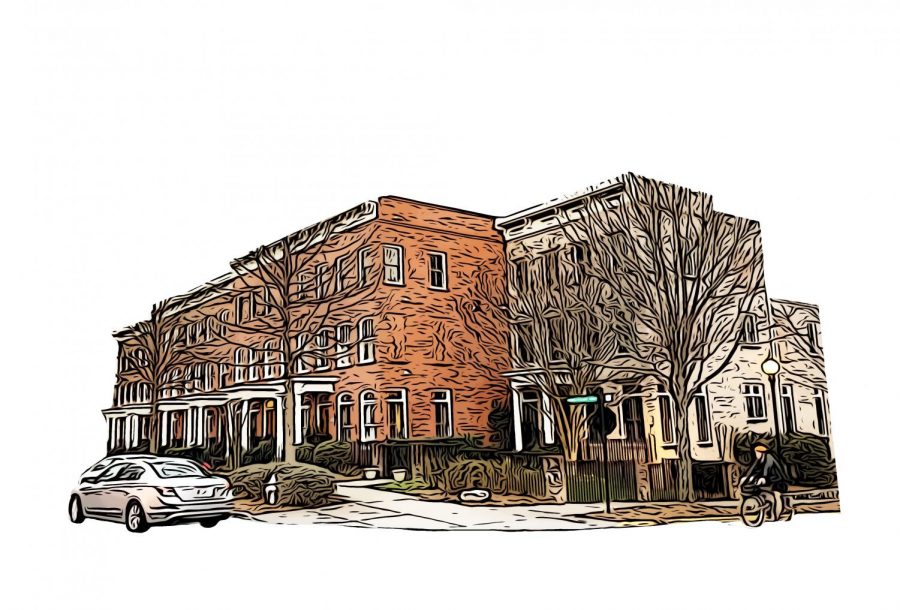Tale As Old As Time
February 14, 2019
In order to combat the notion of Gentrification, the city of Atlanta has the ability to corral development in order to promote affordability within communities.
As many policy makers and advocates across the city note, the narrative of gentrification is far from new. Discriminatory real estate practices defined much of Atlanta’s early urban development such as redlining, the dividing of neighborhoods with highways and the transition of street names, as streets cross neighborhood boundaries, to further separate neighborhoods.
“We talk about gentrification in Atlanta as if it is something that has just started happening, but there have been policies that have been put in place that have really prevented the African-American population from building wealth through housing,” Welsh said. “A lot of white people were able to build wealth through housing because they were able to qualify for loans, and they buy a house, and the house rises in value, and they can sell it and buy another house.”
Practices such as redlining, or the refusal of lenders to lend money or show property to people in certain neighborhoods, created the seemingly segregated neighborhoods across the city.
“We already pushed certain people into certain areas based on their skin color and said that ‘you will not qualify to buy a loan for a house in this area,’” Welsh said. “Real estate agents specifically told white people to live in one place and black people to live in another.”
Welsh sees the results of Atlanta’s discriminatory real estate practices in structures beyond just neighborhoods.
“Look at the highways in Atlanta,” Welsh said. “Not many cities have a highway that goes right down the middle of the entire city, and it was put in the most prominently African-American area in Atlanta. We basically divided and demolished neighborhoods.”
Welsh also notices an underrepresented side to the city’s displacement narrative: senior citizens.
“You have people that have stayed in their homes for a really long time, and it’s not easy to move,” Welsh said. “No one is out there protecting those seniors. There’s no one spending time getting to know the seniors in the communities, literally knocking on doors and talking to them about programs that can keep them in their homes … You have to do this on a street level.”
